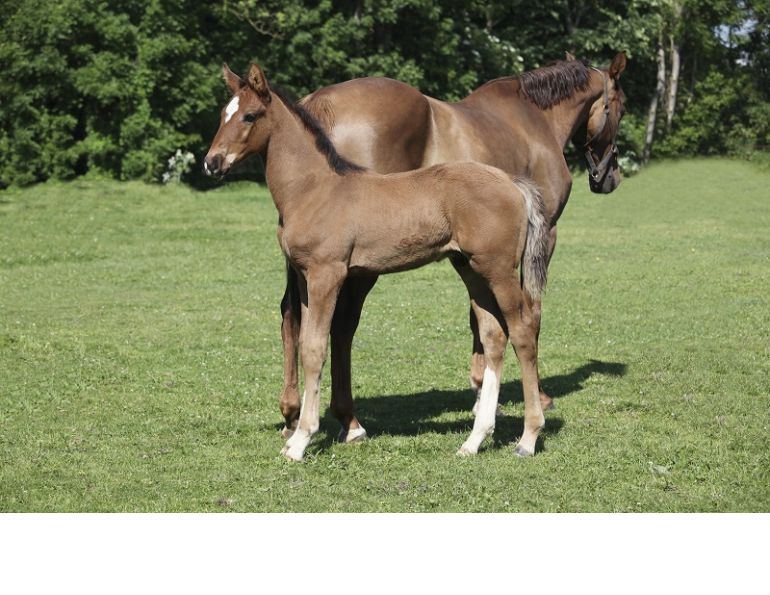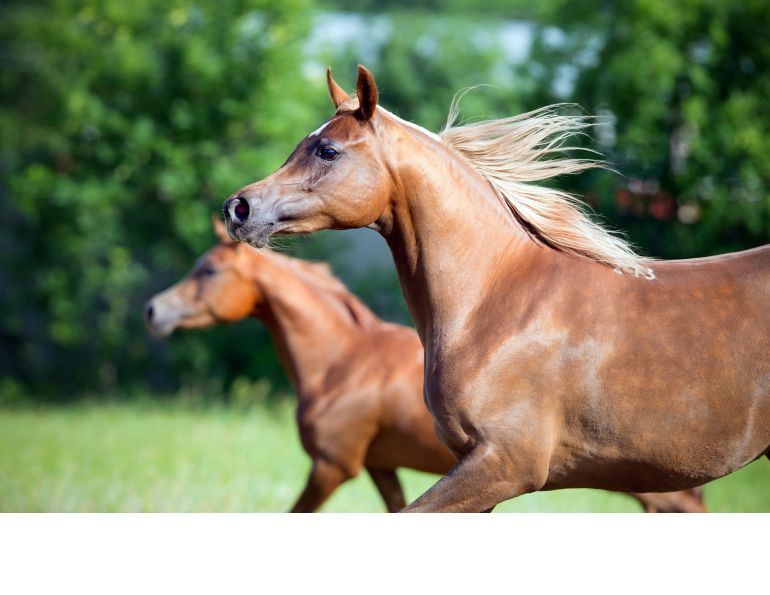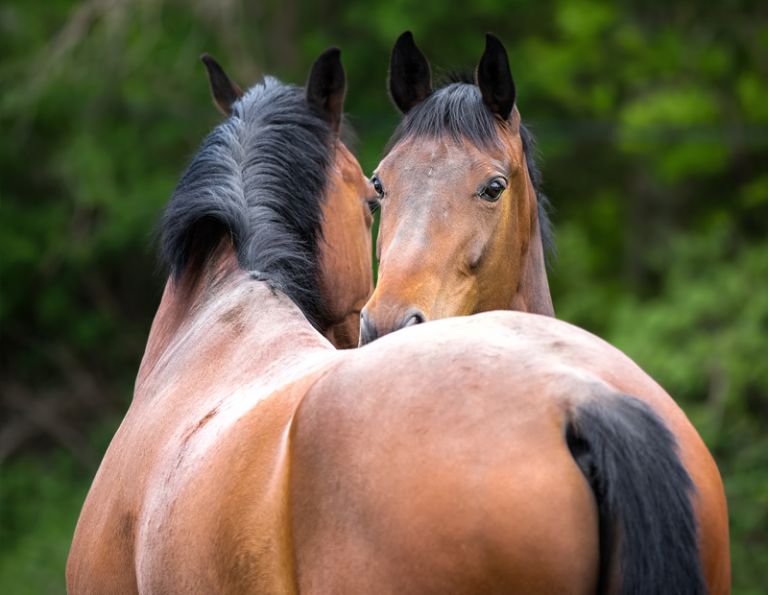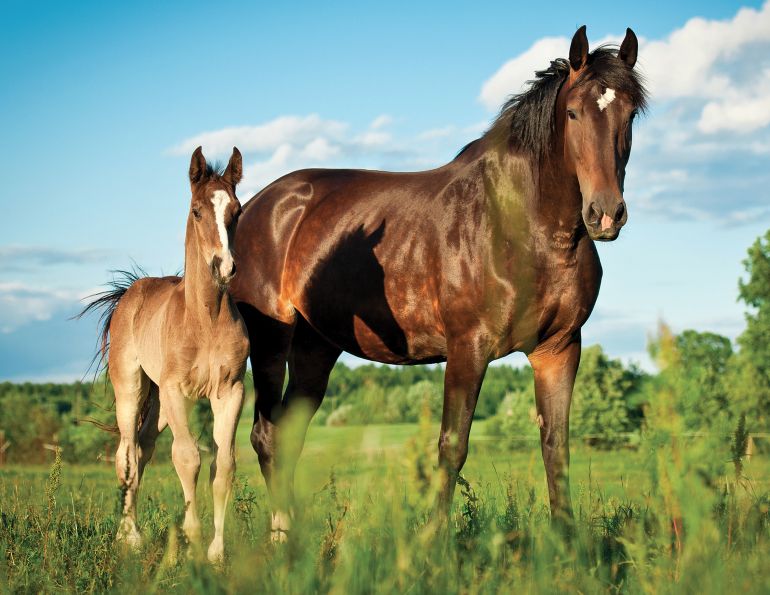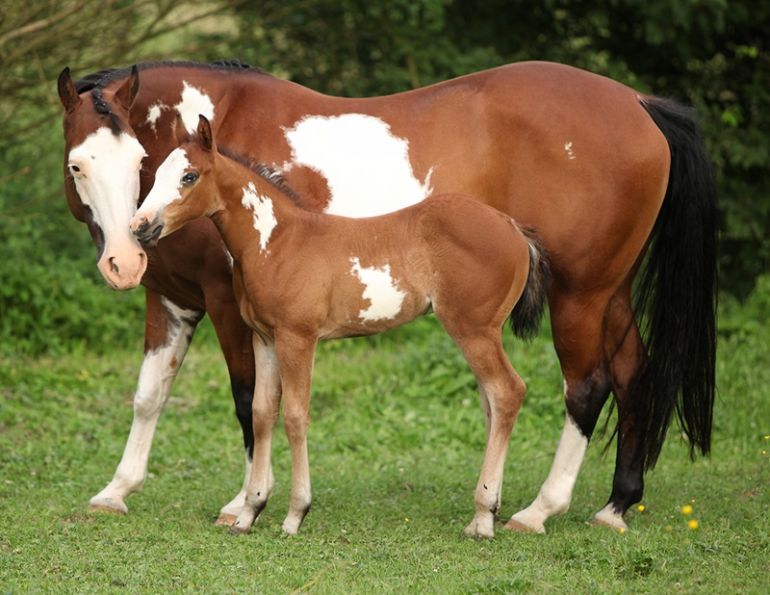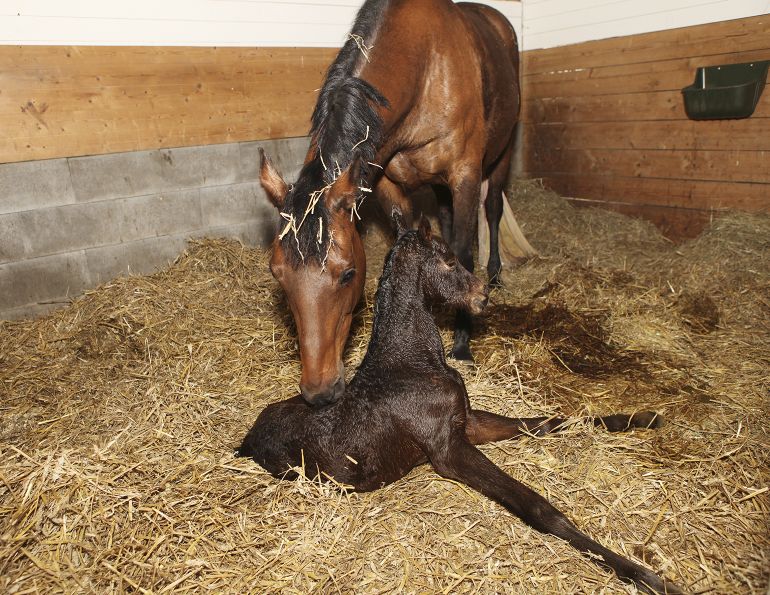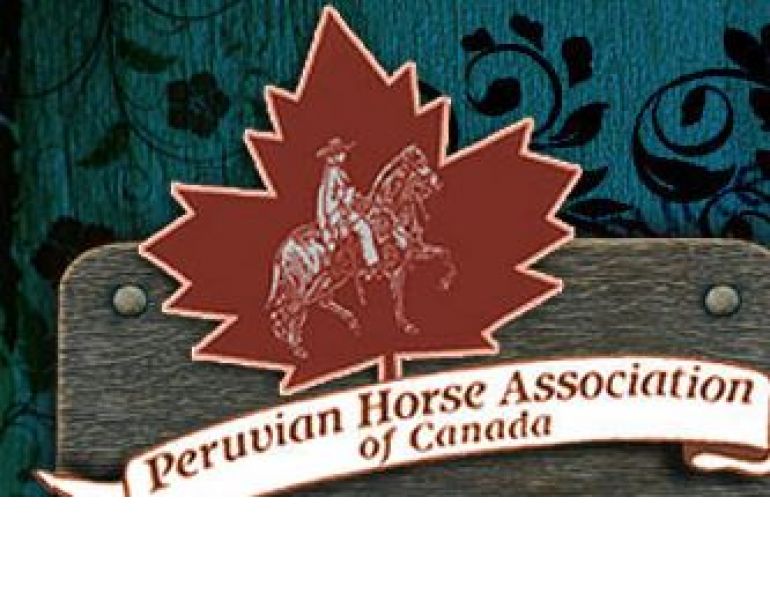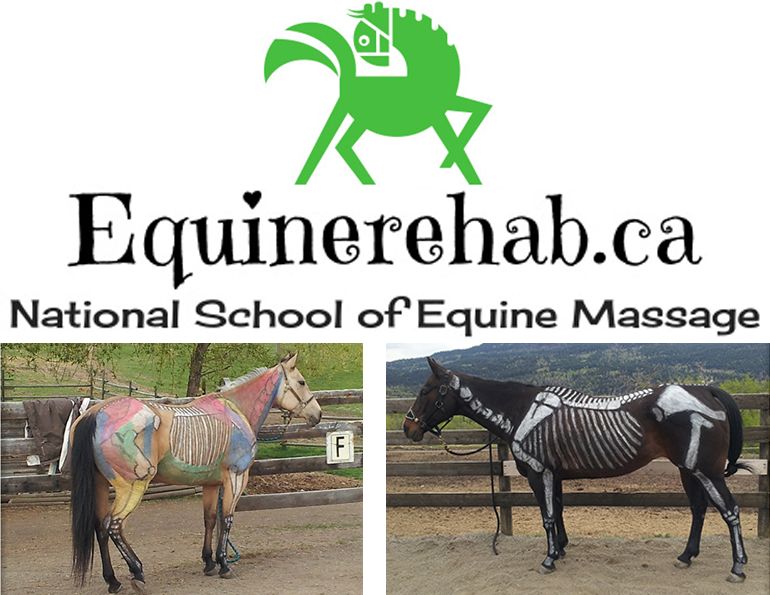By Mark Andrews
Wild horses possess an instinct to stay vigilant, constantly on guard against potential predators. This innate behaviour remains ingrained even in domesticated horses, causing them to be easily frightened and alert to potential dangers.
Horses often struggle to differentiate between genuine threats and harmless objects, such as a plastic bag floating past an arena. As a result, some horses may react to these perceived dangers by rearing, bolting, or bucking, creating hazardous situations for themselves and their riders.
University of Florida researchers are working to identify genes that influence horses’ tendency to react to “spooky” situations. Identifying these genetic traits would be a first step towards one day selecting or breeding horses for the temperament types we prefer. These research results might be a decade away.
Samantha Brooks, associate professor of equine genetics at the University of Florida Institute of Food and Agricultural Sciences (UF/IFAS), along with her team, conducted an experiment on several groups of young horses from the UF/IFAS breeding program to gain insights into startle responses.
The horses wore wireless heart rate monitors and were loose in a round pen. At set intervals, an umbrella was opened quickly within the animals’ line of sight. The team analysed the animals’ behaviour and change in heart rate during and after the initial startle reaction.
“Their heart rate tells us what is going on inside that we cannot see from reading their body language alone,” said Brooks.
Related: Trail Ghosts: Despooking the Trail Horse
Two clear groups of horses emerged from the data. The first group was startled by the umbrella opening, had a spike in heart rate, and maintained a reactive or hyperalert state with more time spent looking at and moving away from the umbrella. The second group startled at the umbrella opening, and experienced a spike in heart rate, but then calmed quickly and carried on with their day. These animals perceived the stimulus and found it startling, but did not to go through the behavioural patterns of avoidance and fear like the first group.
“Horses have adapted over thousands of years to live with people,” said Brooks. “Some of those changes include a reduction in startle response and are really helpful to better understand the horses we work with today.”
Now that two clear groups have emerged, the team will take this information and develop a study to differentiate the genetic components that make up how horses react to fear. Blood and hair samples were taken from each horse in the study for future analysis. Knowing how genetics influence behaviour can help horses and owners find their right fit, and understanding a horse’s reaction to uncomfortable situations can make a difference in how they are handled for medical procedures, transportation and more.
For more details, see Behavioral and Physiological Reactions to a Sudden Novel Object in the Weanling Horse: Quantitative Phenotypes for Future GWAS
Related: A Good-Minded Horse
Related: Finding Solutions to Equine Behavioural Issues
Published with the kind permission of Mark Andrews, Equine Science Update







